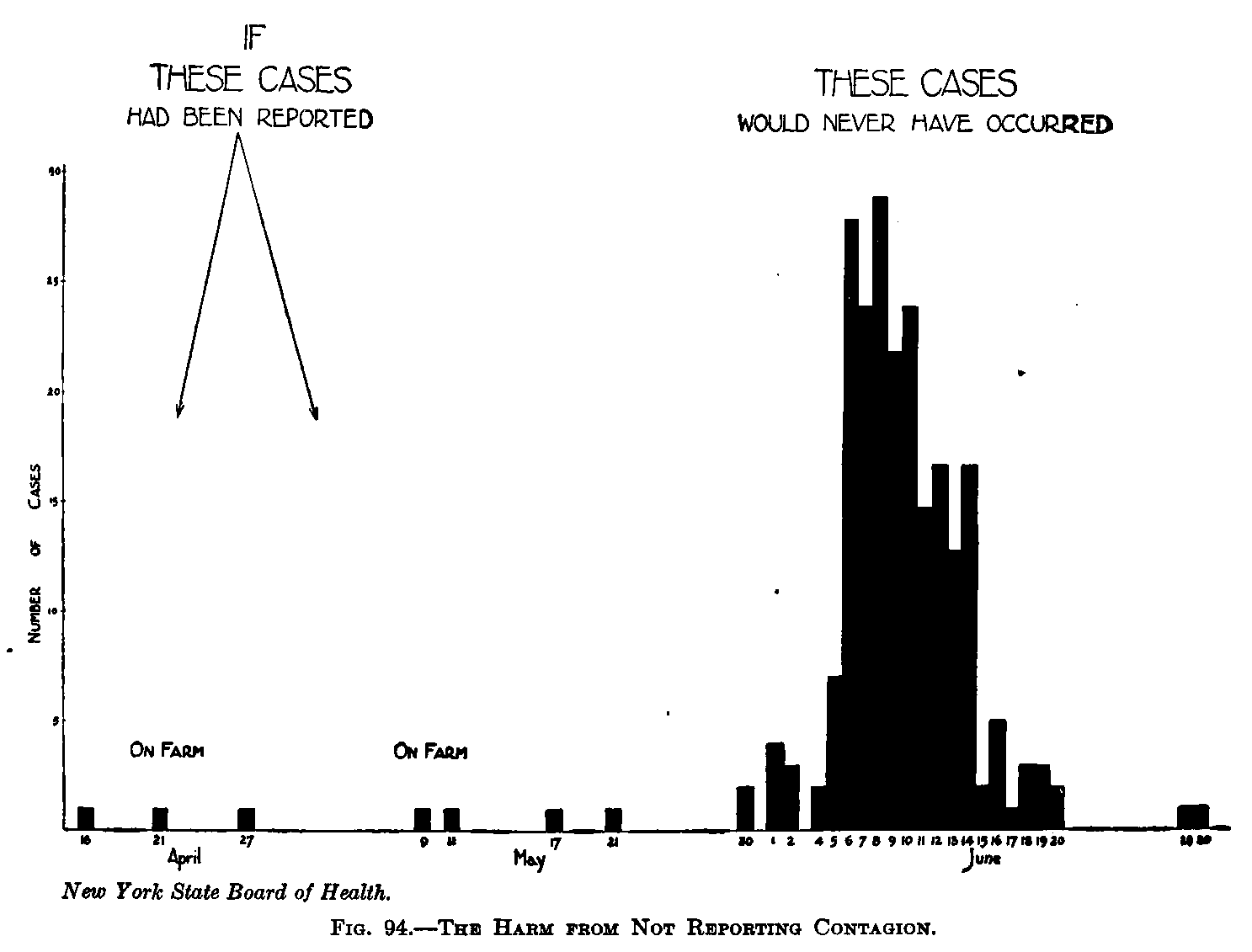Contact tracing
Reverse engineering social graphs for the control of contagions of pathogens, subversive ideology and other substances of interest
March 21, 2020 — July 28, 2021
An important leverage point in epidemiology.
1 Optimal contact tracing
There are some extremely interesting papers about optimal tracing here Baker et al. (2021);Braunstein and Ingrosso (2016).
2 Contact tracing and privacy
Privacy-respecting computing approaches had a brief moment in the spotlight thanks to COVID-19, although I think we all gave up on privacy at some point
A recent round up by Patrick Howell O’Neill, Tate Ryan-Mosley and Bobbie Johnson lists some of the apps in action.
For the following a key distinction to understand is between proximity and location approaches. In proximity approaches (such as DP3T, TCN, MIT PACT(*), Apple or one of the UW PACT(*) protocols which I am involved in) smartphones use Bluetooth low energy and possibly ultrasonics to discover other smartphones nearby. Location approaches (such as MIT Safe Paths or Israel) instead record the absolute location of the device based on gps, cell tower triangulation, or wifi signals.
Location traces are both poor quality and intrinsically identifying Many people associate the ability of a phone to determine where it is with the ability to discover where it is with high precision. This is typically incorrect. Common healthcare guidance for possible contact is “within 2 meters for 10 minutes” while location data is often off by 10-100 meters, with varying accuracy due to which location methodology is in use. As an example, approximately everyone in Manhattan may be within 100 meters of someone who later tested positive for COVID-19. Given this inaccuracy, I expect users of a system based on location crossing to simply turn them off due to the large number of false positives.
These location traces, even though they are crude, are also highly identifying. When going about your normal pre-pandemic life, you move from location X to Y to Z. Typically no one else goes from X to Y to Z in the same timeframe (clocks are typically very accurate). If you test positive and make your trace available to help suppress the virus, a store owner with a video camera and a credit card record might de-anonymize you and accuse you of killing someone they care about. Given the stakes here, preserving as much anonymity as possible is critical for convincing people to release the information which is needed to control the virus.
Given this, approaches which upload the location data of users seem likely to have reduced adoption and many false positives. While some governments are choosing to use all location data on an involuntary basis like Israel, the lack of effectiveness compared to proximity based approaches and the draconian compromise of civil liberties are worrisome.
https://splitlearning.github.io/ https://github.com/DP-3T/documents
This repository contains a proposal for a secure and privacy-preserving decentralized privacy-preserving proximity tracing system. Its goal is to simplify and accelerate the process of identifying people who have been in contact with an infected person, thus providing a technological foundation to help slow the spread of the SARS-CoV-2 virus. The system aims to minimise privacy and security risks for individuals and communities and guarantee the highest level of data protection.
TraceTogether is the Singaporean open-source (?) contact tracing app to manage corona risk.
PrivateKit Raskar et al. (2020)
Location logs provide time-stamped records of where you’ve been. By logging your location, researchers can explore exciting new opportunities in health, finance, environmental science, and other areas.
… The location log generated by Private Kit cannot be accessed from outside the user’s device. Data transfer occurs only if the user chooses to share it with the researcher using a QR code. This means when you use Private Kit, you are in charge.
Maciej Cegłowski, We Need A Massive Surveillance Program
In this spirit, I believe the major players in the online tracking space should team up with the CDC, FEMA, or some other Federal agency that has a narrow remit around public health, and build a national tracking database that will operate for some fixed amount of time, with the sole purpose of containing the coronavirus epidemic. It will be necessary to pass legislation to loosen medical privacy laws and indemnify participating companies from privacy lawsuits, as well as override California’s privacy law, to collect this data. I don’t believe the legal obstacles are insuperable, but I welcome correction on this point by people who know the relevant law. […] The alternative is to keep this surveillance infrastructure in place to sell soap and political ads, but refuse to bring it to bear in a situation where it can save millions of lives. That would be a shameful, disgraceful legacy indeed.
I continue to believe that living in a surveillance society is incompatible in the long term with liberty. But a prerequisite of liberty is physical safety. If temporarily conscripting surveillance capitalism as a public health measure offers us a way out of this crisis, then we should take it, and make full use of it. At the same time, we should reflect on why such a powerful surveillance tool was instantly at hand in this crisis, and what its continuing existence means for our long-term future as a free people.
